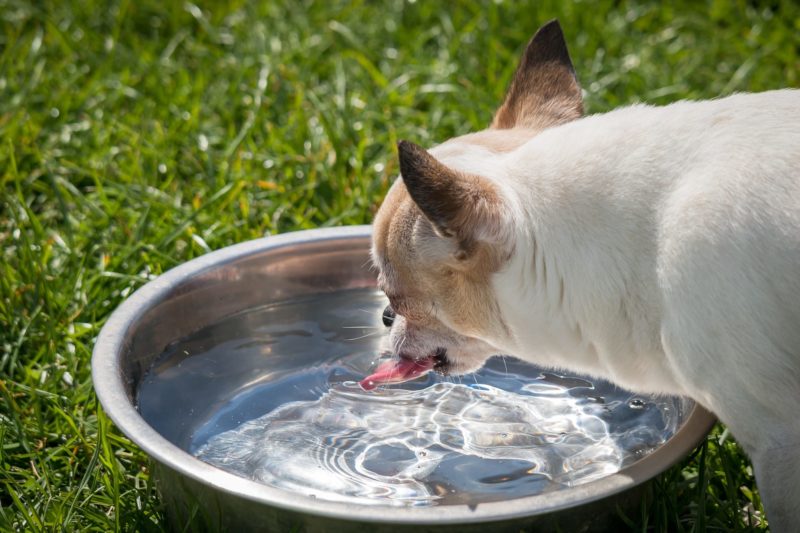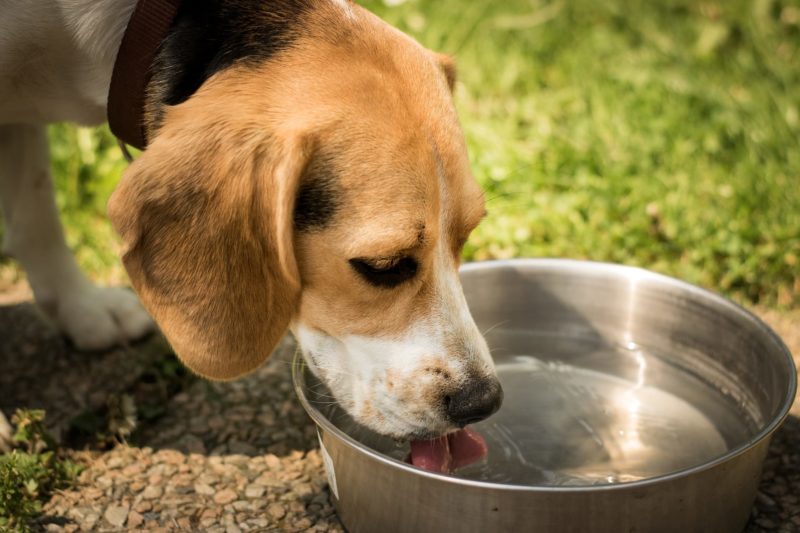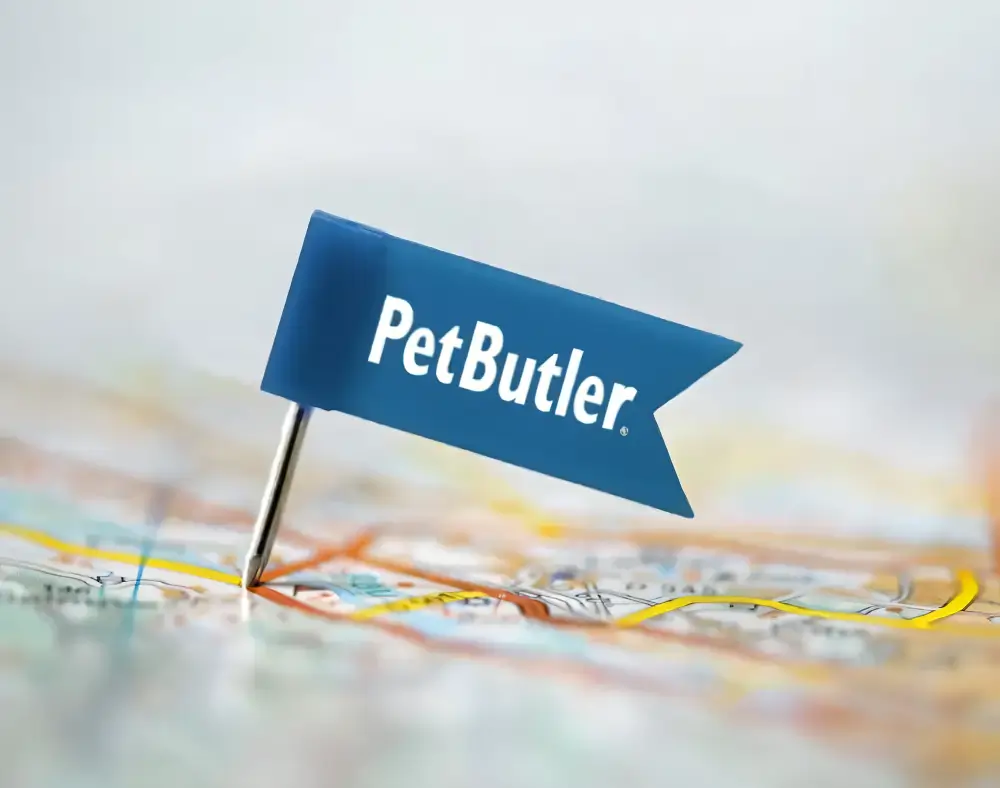With summer in full force and temperatures continuing to rise, responsible pet owners must once again monitor the climate’s effect on our pups. Covered in fur, our fuzzy little friends can’t sweat like us humans, and we often forget that their panting doesn’t always do enough to maintain a healthy body temperature – especially on long walks or during playtime outside. While generally not a problem, in certain scenarios and with certain types of dogs, overheating – also known as hyperthermia – can lead to heatstroke and some very deadly situations.
How Hot is Too Hot for a Dog?
Heatstroke, as described above, happens when dogs are unable to cool themselves properly, and usually occurs at internal temperatures around 106 degrees. Note, however, that anything above 103 degrees is considered abnormal or hyperthermic, and above 106 is considered lethal. Although those temperatures seem high, they are far from impossible and pose a very real threat to our puppies. If prolonged for enough time, heat can induce…
- Unconsciousness
- Extreme and random bleeding (due to reductions in coagulation)
- Permanent brain damage
- Potential organ failure
But don’t panic! There are a lot of ways to identify and reverse hyperthermia before it takes its toll.
Knowing the Signs of Dog Heatstroke
The first thing we need to do to stop heatstroke is to properly recognize when it’s happening. Besides the frightful symptoms already listed that could lead to a serious emergency, there are early stages of hyperthermia, such as…
- Heavy panting
- Excessive drooling
- Lethargic or uncoordinated movement
- Vomiting
Other less obvious signs include rapid chest expansions and discolored gums, which can range from a brighter red to a paler pink.

All these symptoms should serve as a red flag and you should take the following steps:
- Discontinue whatever activities are taking place immediately.
- Next, find a cool place either indoors or outside with shade, water (cool, not cold), and enough space to lay down.
- Placing your dog near a fan is normally a good idea, and you should douse him/her with cool water (once again cool, not cold).
- It’s important to let your dog lower its body temperature slowly; otherwise, it could go into shock.
Never use an ice bath in this process. Once your dog begins to behave naturally again, take them to the nearest and most available vet. Most of the time, your pooch will have recovered safely, but it’s best to let a professional make sure just in case. As always, the sooner the better.
Preventing Heatstroke in Your Dog
An even better way to treat heatstroke, though, is to avoid it entirely.
- Don’t leave your pet in a car on a hot day, even with the windows cracked
- Don’t leave your dog outside for extended periods of time
- Don’t play too much when there’s high humidity.
- Be careful with using muzzles in hot temperatures because they can limit airflow
- Remember: just because you’re comfortable doesn’t mean your puppy is!
We have very different tolerances for the weather, and your pup can’t vocalize their discomfort.
Don’t Let Your Dog Overexert Itself
Even more dangerously, sometimes dogs ignore their own intuition – whether to make us happy or to just live in the moment. In the past, highly active breeds have been known to collapse due to the heat, since they can become so distracted in whatever they’re doing. It’s better to watch out for them instead of accidentally allowing overexertion; this applies to all furry friends, no matter how in-shape or healthy they are. Lastly, be ready to give your dog water and rest at all times. The more prepared we are as owners, the safer your dog will be.
Dogs at Higher-Risk to Heatstroke
As far as risk on the individual level, there are some characteristics prone to overheating:
- Less able dogs, either young or old, have less developed constitutions
- Dogs with dark, long, or thick coats have more insulation
- Brachycephalic breeds – bulldogs, pugs, and other pups with wide skulls and short noses, have a harder time breathing
- Obese, sick, or medicated dogs can respond more negatively to hot temperature
- Finally, dogs that have already experienced hyperthermia have weakened thermoregulatory systems
If your pet applies to one or more of these categories, take extra precautions when bringing them outside and engaging with them. It’s important that they still exercise daily – just be a bit more careful.
Summer is perhaps the best time of year to spend with our happiest family members – parks are open, swimming is a blast, and being outside is always a treat. Everyone, including our dogs, should treasure this time and enjoy it while we can. But along with the fun, a little bit of caution is a good idea, too.

